What is Windows ?
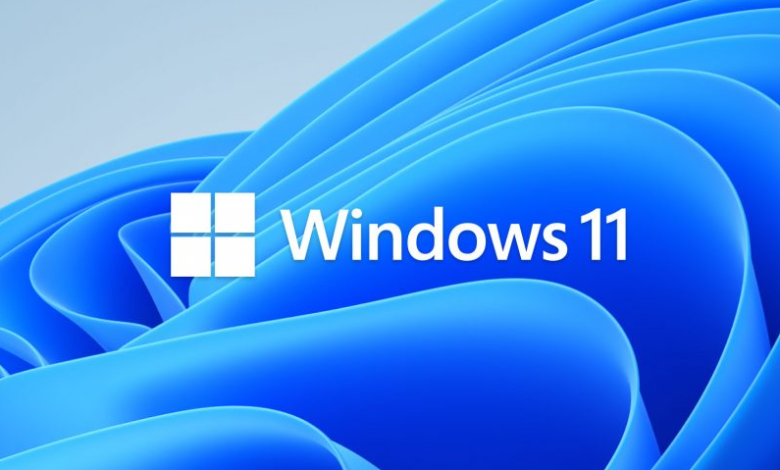
Imagine a world where every digital door opens seamlessly at your command. This is the transformative power of Windows, the operating system that has redefined our interaction with technology. From humble beginnings to its current state of sophistication, Windows has consistently delivered innovation and reliability. As the backbone of countless devices, it offers unparalleled flexibility and user-friendliness. Whether you’re a tech enthusiast or a casual user, the journey through the history and evolution of Windows promises to captivate and inform. Embark on this exploration and discover why Windows remains an indispensable part of the digital era.
Table of Contents
What is Windows?
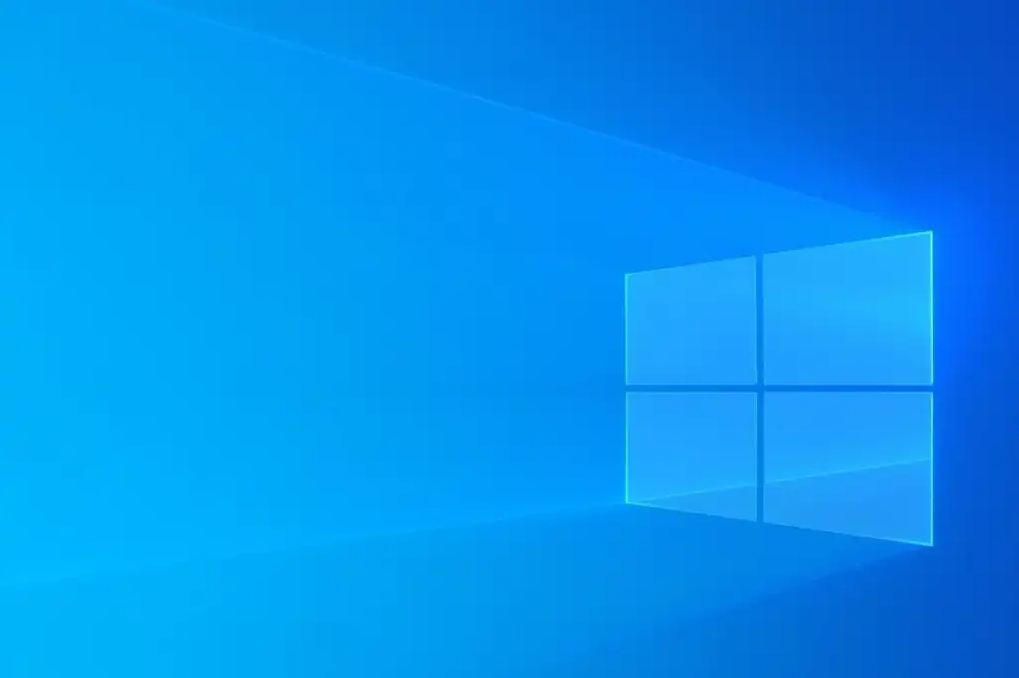
Windows is a multifaceted operating system developed by Microsoft, renowned for its intuitive graphical user interface and extensive compatibility. Serving as the digital nexus for personal computers and enterprise environments, Windows facilitates seamless interaction between hardware and software. It supports a myriad of applications, ranging from productivity suites to advanced gaming software. With each iteration, Windows incorporates cutting-edge features, robust security protocols, and enhanced user experience. This operating system is pivotal in managing tasks, running applications, and ensuring efficient computer performance, making Windows an indispensable component of modern computing.
What was the First Version of Windows?

The inaugural version of Windows, Windows 1.0, debuted on November 20, 1985. This groundbreaking operating system introduced a graphical user interface, replacing the command-line interface of MS-DOS. Users could now navigate their computers with a mouse, opening multiple application “windows” concurrently. Despite its rudimentary features and limited functionality, Windows 1.0 set the stage for future innovations. It marked the beginning of a paradigm shift in personal computing, making digital interaction more intuitive and accessible. This first version laid the foundation for the evolution of the Windows operating system into the versatile platform it is today.
What is the Most Recent Version of Windows?
The latest iteration of Windows, Windows 11, was officially released on October 5, 2021. This modern operating system boasts a sleek, redesigned interface that enhances user experience and productivity. Key features include a centered Start Menu, integrated Microsoft Teams for seamless communication, and advanced gaming capabilities. Windows 11 also prioritizes security with hardware-based protection and streamlined updates. The introduction of new widgets and virtual desktops further enriches user interaction. As the most recent version, Windows 11 reflects Microsoft’s commitment to innovation, adapting to the evolving needs of both personal and professional users.
Editions of Windows
Windows Home
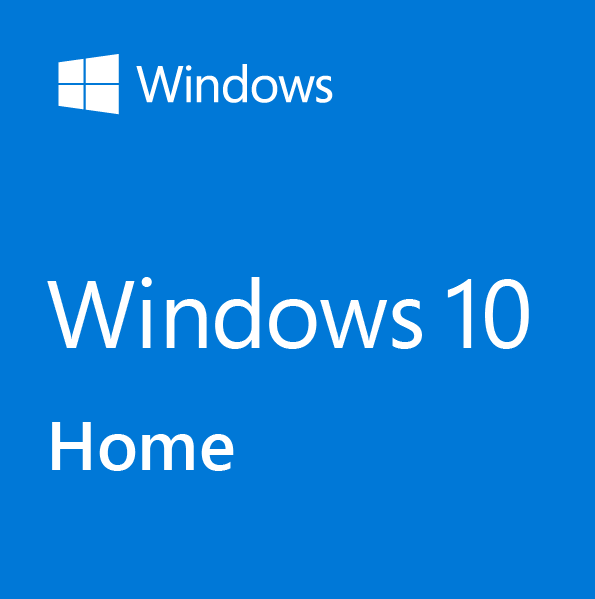
Windows Home is tailored for everyday users, providing a seamless and user-friendly experience. It features an intuitive interface with the redesigned Start Menu, making navigation effortless. Essential tools like Microsoft Edge, Cortana, and the integrated Xbox app enhance productivity and entertainment. Security is robust, with built-in features such as Windows Hello for biometric login and advanced threat protection. Windows Home also supports virtual desktops and touch screen functionality, offering versatility for diverse computing needs. Ideal for families and individuals, this edition of Windows ensures a reliable, enjoyable, and efficient digital experience.
Windows Pro
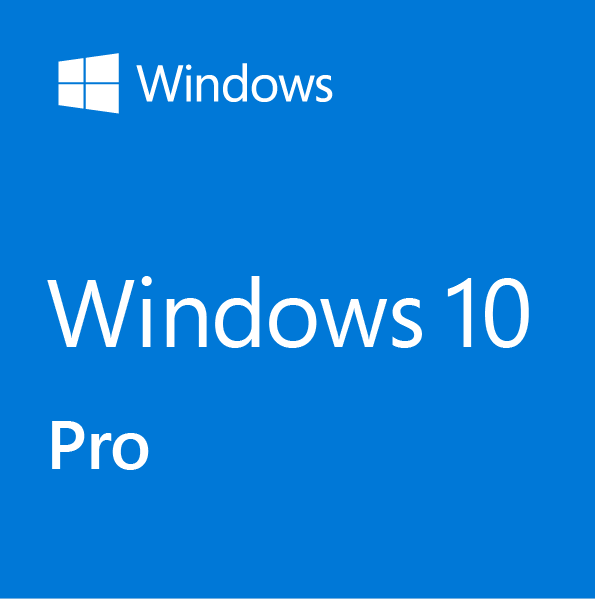
Windows Pro is designed for professionals and small businesses, offering advanced features that enhance security, productivity, and management. It includes all the functionalities of Windows Home, plus additional tools like BitLocker for encryption, Remote Desktop for accessing your PC from anywhere, and the ability to join a domain or Azure Active Directory. With robust data protection and seamless integration with business networks, Windows Pro is ideal for users who require sophisticated capabilities. Enhanced device management and comprehensive security measures make it an indispensable tool for modern professional environments, ensuring efficiency and reliability.
Business Editions
Windows Business Editions cater to the complex needs of enterprises, offering comprehensive tools for IT management and security. These editions, including Windows Enterprise and Windows Education, provide advanced features like Windows Defender Advanced Threat Protection, extensive virtualization support, and Windows Autopilot for streamlined device deployment. Tailored for large-scale operations, they enhance productivity with robust data protection, ensuring business continuity. Enhanced collaboration tools and security protocols make Windows Business Editions indispensable for organizations seeking to optimize their IT infrastructure. This ensures a secure, efficient, and scalable environment for professional and educational institutions alike.
Why is Microsoft Windows Called Windows?
The name “Windows” was chosen to reflect the operating system’s innovative graphical user interface, which allows users to open and interact with multiple “windows” on their screen simultaneously. This concept was revolutionary when introduced, as it shifted away from the text-based command-line interfaces prevalent at the time. Each “window” represents a different application or document, providing a more intuitive and efficient way to multitask. This visual metaphor not only simplified navigation and user experience but also underscored the system’s capability to handle various tasks concurrently, encapsulating the essence of modern computing.
Do I Need Windows?
- Assess Your Software Needs: Check if the applications or programs essential for your work or hobbies are optimized for Windows. Many business tools, productivity suites, and gaming platforms are designed specifically for this operating system.
- Evaluate Compatibility: Windows is renowned for its extensive compatibility with a wide range of hardware and software. If you use diverse peripherals or have specific device requirements, Windows may offer the best support.
- Consider User Experience: Review the user interface and overall experience offered by Windows. Known for its intuitive design and ease of use, Windows provides a seamless interaction that can enhance productivity and efficiency.
- Review Security Requirements: Windows includes robust security features, such as Windows Defender, BitLocker, and regular updates. If security is a top priority, Windows offers comprehensive protection against threats.
- Explore Cost and Licensing: Examine the cost of acquiring Windows and its licensing options. Depending on your needs, different editions of Windows offer varying features and pricing.
- Investigate Support and Community: Consider the availability of support and resources. Windows has a large user base and extensive support resources, including forums, help pages, and customer service.
- Test Alternatives: If your requirements are unconventional or specific, explore alternative operating systems like Linux or macOS. Evaluate how these alternatives meet your needs compared to Windows.
Microsoft Windows Help Pages
The Windows Help Pages are a vital resource for users seeking assistance with their Windows operating system. These comprehensive guides cover a wide array of topics, from troubleshooting common issues to optimizing system performance. The Help Pages provide step-by-step instructions, detailed FAQs, and solutions to both basic and advanced problems. With a user-friendly interface and search functionality, these pages ensure that users can quickly find the information they need. Additionally, the community forums and support articles offer valuable insights and tips, enhancing the overall Windows experience. For reliable and up-to-date assistance, the Windows Help Pages are an indispensable tool.
What Came Before Windows?
Before the advent of Windows, personal computing was dominated by MS-DOS (Microsoft Disk Operating System). MS-DOS was a command-line interface that required users to input text commands to execute tasks. While it provided fundamental functionality for file management and software execution, it lacked the graphical interface that Windows would later introduce. The transition from MS-DOS to Windows marked a significant evolution in user experience, moving from a text-based system to one with a graphical user interface. This shift greatly enhanced accessibility and productivity, setting the stage for the widespread adoption of Windows and its subsequent versions.
“Windows has transformed the way we interact with technology, evolving from a simple graphical interface to a comprehensive operating system that powers millions of devices worldwide.”
Conclusion
In conclusion, Windows has profoundly shaped the landscape of personal and professional computing since its inception. From its early graphical interface with Windows 1.0 to the sophisticated features of the latest Windows 11, it has consistently evolved to meet user demands. Each version of Windows has introduced innovations that enhance productivity, security, and user experience. As technology progresses, Windows continues to adapt, maintaining its relevance and utility in an ever-changing digital world. Whether through its versatile editions or robust support resources, Windows remains a cornerstone of modern computing, reflecting a legacy of continuous improvement and adaptation.
“From its pioneering days with Windows 1.0 to the advanced capabilities of Windows 11, the journey of this operating system reflects a continuous commitment to innovation and user experience.”
FAQ
- What is Windows?
- Windows is an operating system developed by Microsoft, known for its graphical user interface and compatibility with a wide range of applications and hardware.
- What was the first version of Windows?
- The first version of Windows, released in 1985, was Windows 1.0. It introduced a graphical interface that allowed users to manage multiple applications through separate windows.
- What is the most recent version of Windows?
- The most recent version of Windows is Windows 11, launched on October 5, 2021. It features a redesigned interface, enhanced security, and advanced productivity tools.
- What are the different editions of Windows?
- Windows is available in several editions, including Windows Home, Windows Pro, and various business editions like Windows Enterprise and Windows Education.
- Why is Microsoft Windows called Windows?
- The name “Windows” reflects the operating system’s ability to display multiple application “windows” on the screen simultaneously, enhancing user interaction and multitasking.
- Do I need Windows for my computer?
- Whether you need Windows depends on your specific software requirements, hardware compatibility, and personal preferences. Windows offers extensive support for various applications and devices.


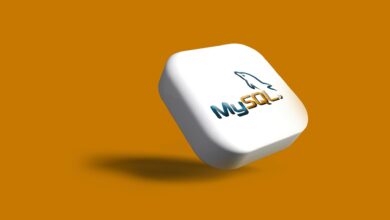
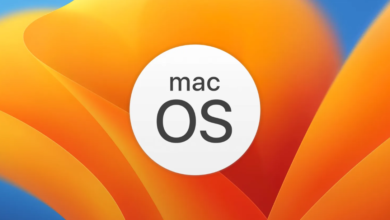

You’ve written terrific content on this topic, which goes to show how knowledgable you are on this subject. I happen to cover about Internet Marketing on my personal blog YW9 and would appreciate some feedback. Thank you and keep posting good stuff!
Thank you for sharing your precious knowledge. Just the right information I needed. By the way, check out my website at 46N about Cosmetics.
Thanks for sharing. I read many of your blog posts, cool, your blog is very good.
Can you be more specific about the content of your article? After reading it, I still have some doubts. Hope you can help me.
I don’t think the title of your article matches the content lol. Just kidding, mainly because I had some doubts after reading the article.
Thanks for sharing. I read many of your blog posts, cool, your blog is very good.
Can you be more specific about the content of your article? After reading it, I still have some doubts. Hope you can help me.